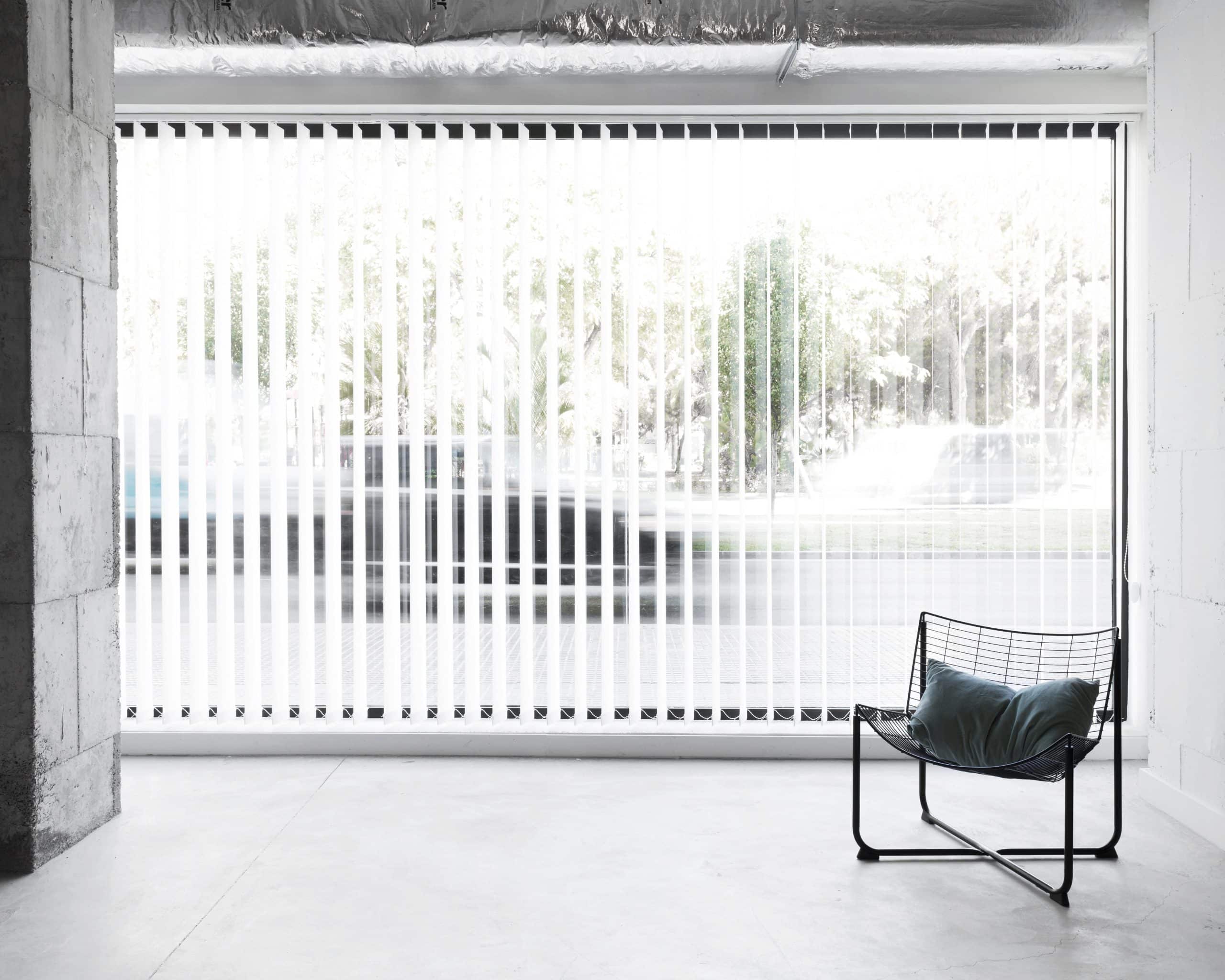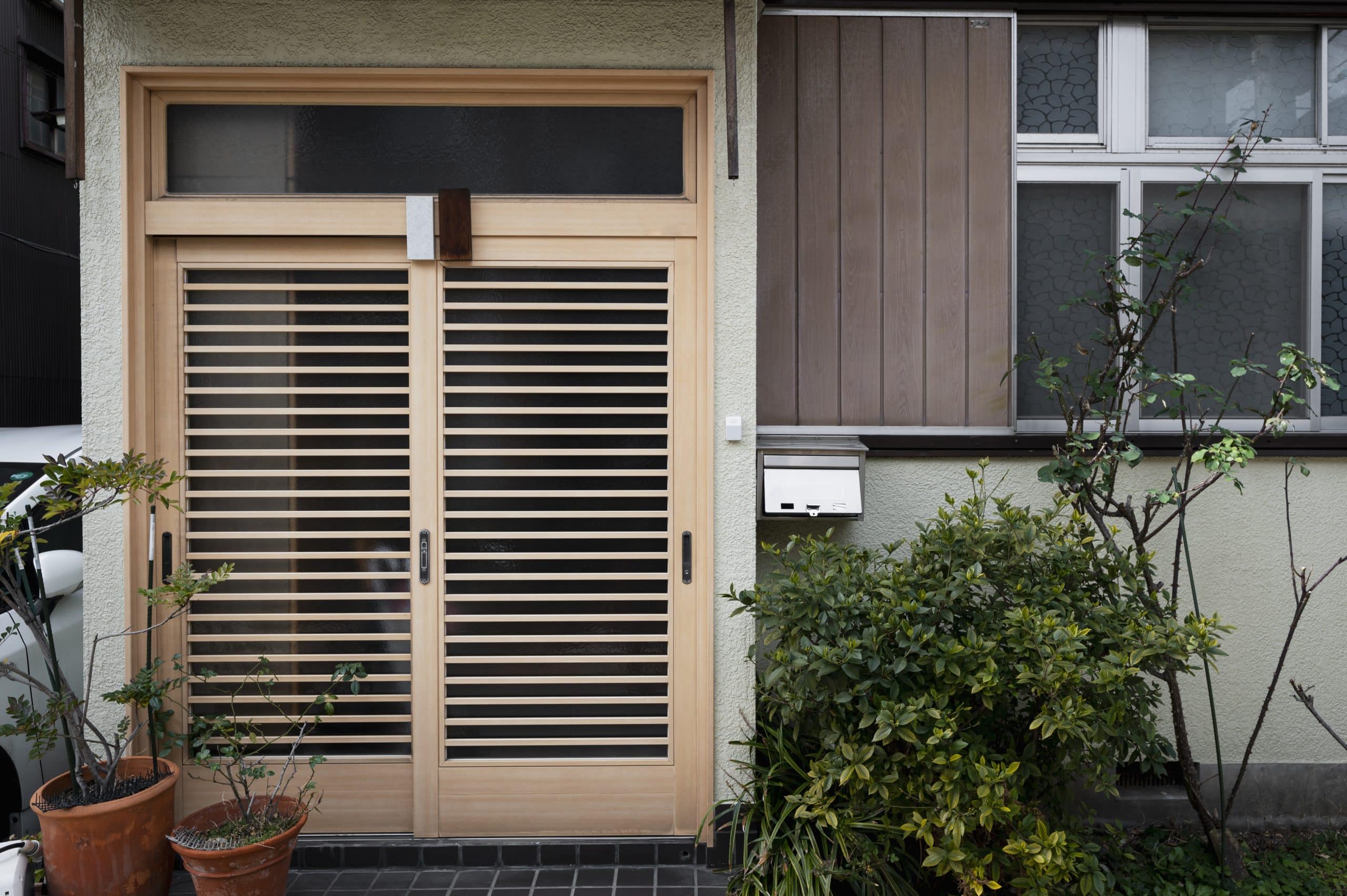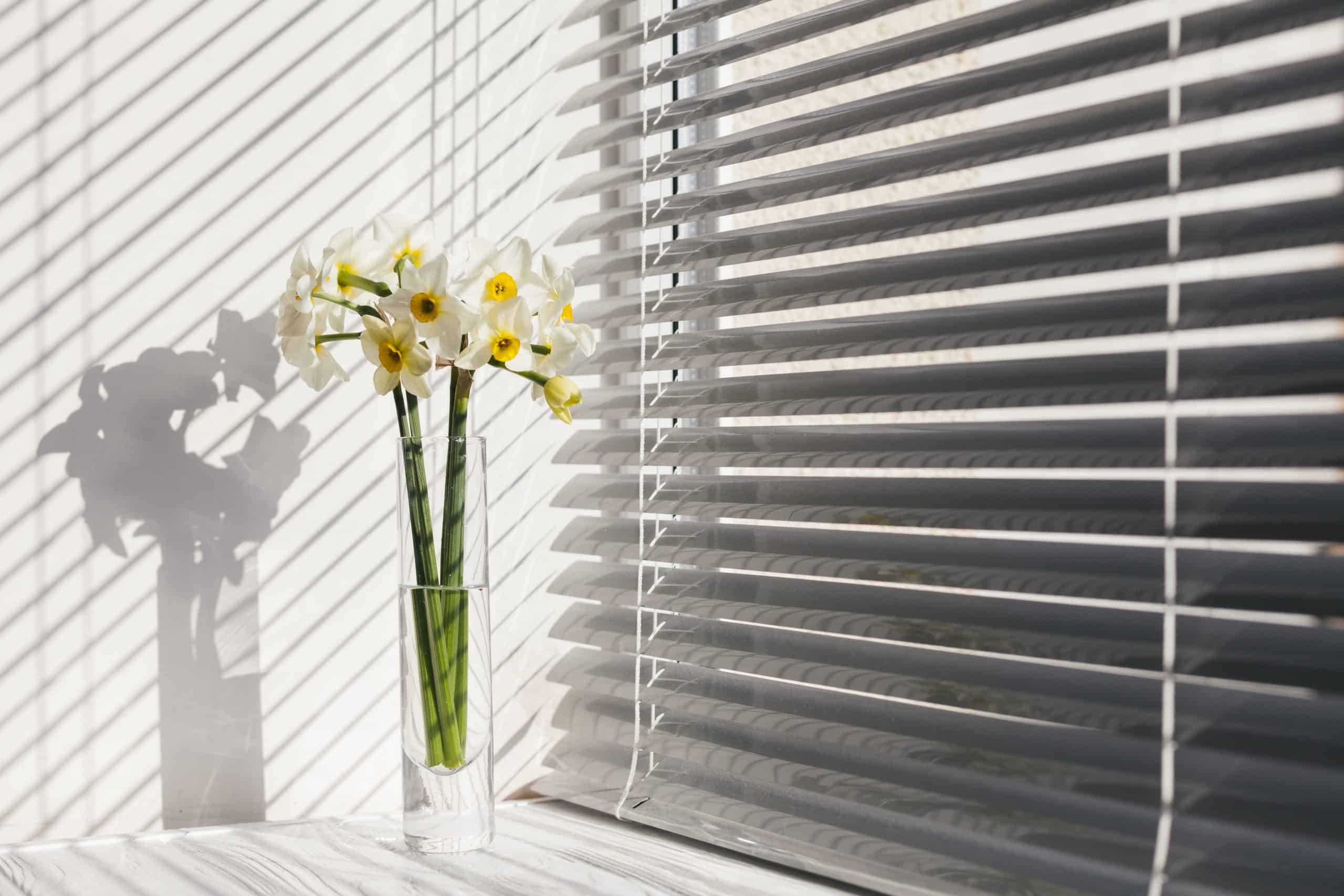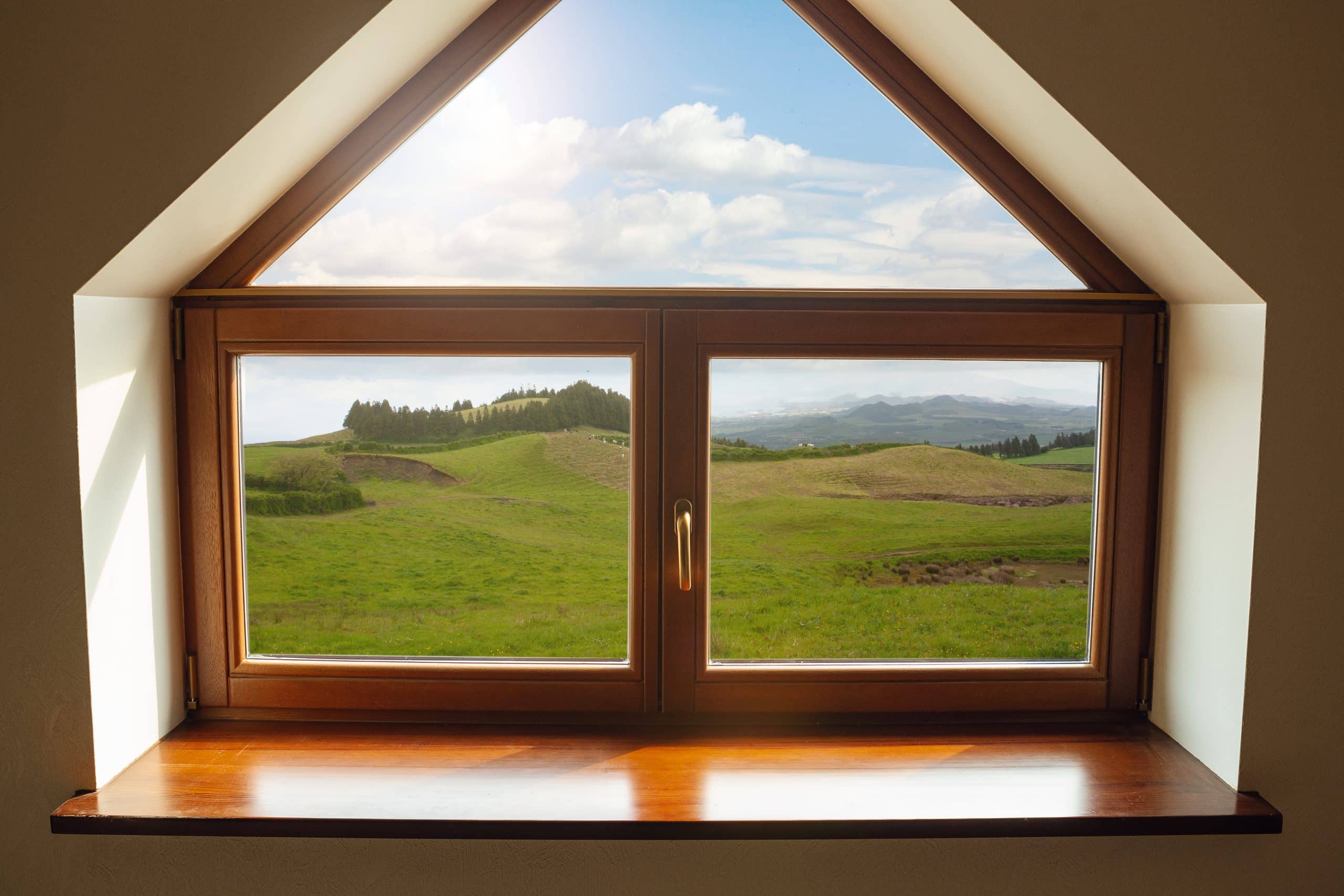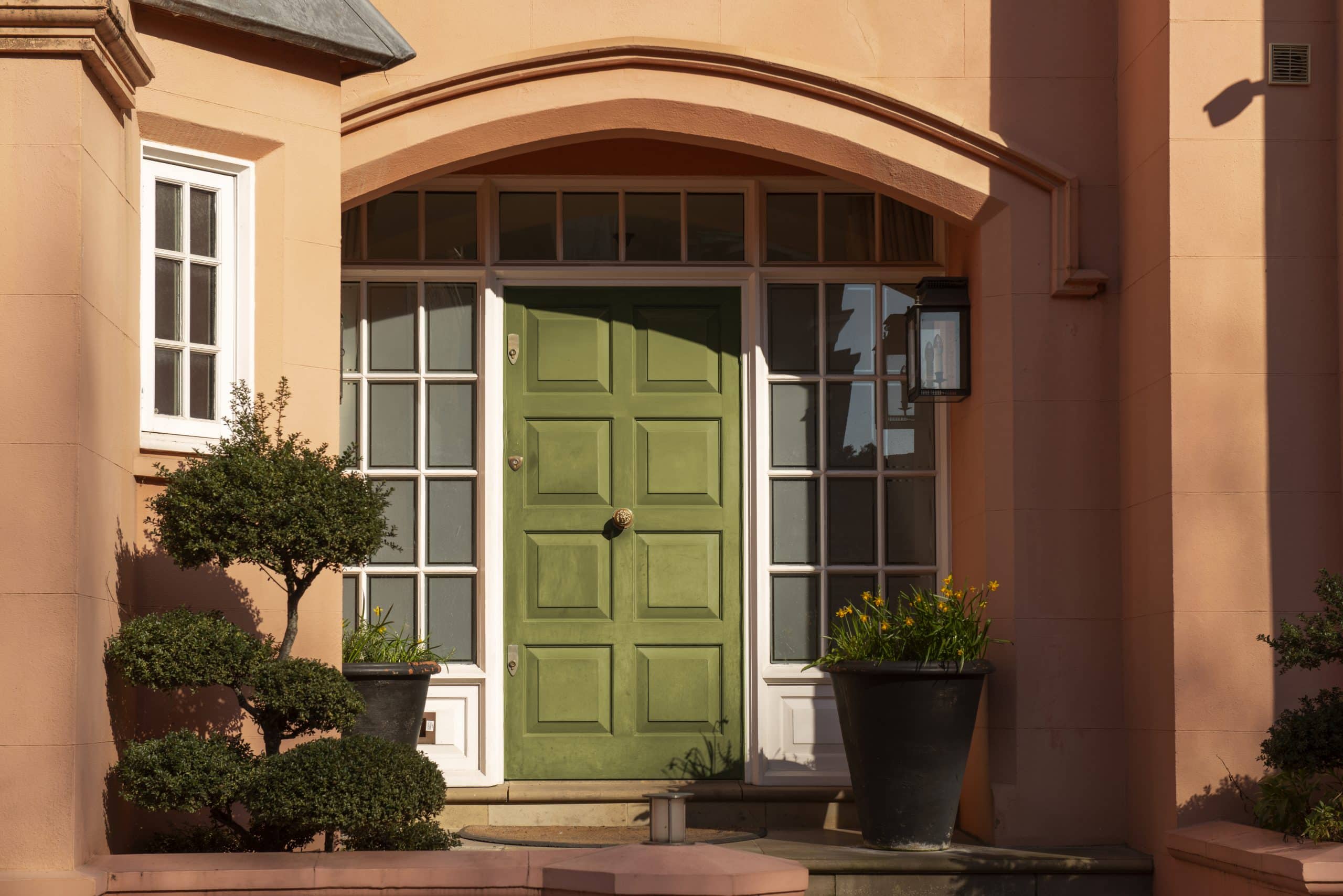When talking about architectural marvels, windows are often the unsung heroes. They let in the light, provide views, insulate our homes, and protect us from the elements. Interestingly, windows can tell a lot about the geographical and cultural context of a place, as seen in the stark differences between European and US designs. Next time you choose “home eyes” for your windows replacement toronto needs remember this article.
The Global Windows Replacement Market
Today’s globalized world has blurred the boundaries between different architectural styles. Homeowners worldwide are now privy to a plethora of options. While Europeans are opening up to the sleek design of US windows, Americans are slowly realizing the energy efficiency benefits of European windows. This blend promises exciting times for the global windows replacement market.
Beyond the Surface
Windows serve as the eyes of a home, but they are rooted deeply into the walls they inhabit. The wall’s thickness reveals much about regional architectural ideologies and climatic adaptations.
European windows
Walls are notably thicker in Europe, almost whispering tales of ancient stone structures and castles. There’s logic to this design — thicker walls combined with deeply embedded windows facilitate outstanding insulation, perfectly suited for the continent’s varied climate.
US windows
Journeying to the US, walls are comparatively slimmer. Modernity meets tradition, creating windows that present sprawling views. However, this design, while offering generous views, may trade-off a tad bit on insulation.
When one delves into wall thickness, it’s clear that the design choices encapsulate the regions’ essence — energy efficiency for Europe, scenic beauty for the US, or perhaps a blend of both.
Framing Perspectives
Imagine a masterpiece painting. Its beauty is accentuated by its frame. Similarly, window frames don’t just hold the panes; they define aesthetics.
Just as a frame can make or break the visual appeal of a painting, the design and material of a window frame can significantly enhance or detract from a building’s overall appearance.
Furthermore, beyond mere aesthetics, the quality and construction of a frame play a pivotal role in a window’s durability, insulation properties, and maintenance needs.
European windows
Europe loves its robust, hearty frames. These frames echo the essence of strength and durability. Their pronounced design, often thicker, ensures enhanced insulation and steadfastness against the elements.
US windows
The US, with its contemporary outlook, opts for sleek frames. Broader, unhindered views that make nature an integral part of interiors. It’s a contrasting world — while European frames emphasize endurance, the US celebrates sleek aesthetics, letting nature flood in.
Functionality of Opening Mechanisms
Beyond aesthetics, how a window functions — how it opens or closes — shapes user experience and speaks to regional preferences. This functionality often reflects a region’s historical design choices, environmental conditions, and even day-to-day living habits.
For instance, a tilt-and-turn mechanism, prevalent in European designs, suggests a preference for versatile ventilation and ease of cleaning.
On the other hand, the popularity of sliding windows in the US might indicate a desire for space efficiency and unobstructed views.
European windows
The tilt-and-turn mechanism reigns supreme in Europe. It’s a classic favorite. Such windows swing inward, offering exceptional ventilation and ease of cleaning — a nod to European functionality.
US windows
US homes love their sliding windows, be it vertical or horizontal. Prioritizing space efficiency, these designs maximize views and optimize interior space. The tale of opening mechanisms uncovers regional design priorities. Europe seeks multifunctionality, while the US cherishes spatial optimization.
A Reflection of Regional Tastes
Windows, like stories, are woven with materials that reflect their origin — highlighting weather adaptations, resources, and aesthetic inclinations.
European Windows
Europe has a penchant for time-tested materials like wood and uPVC. This choice underscores Europe’s allegiance to tradition, durability, and a sustainable future.
US Windows
Diverse materials grace US windows:
- Aluminum;
- Vinyl;
- Polypropylene.
Such diversity underscores the US’s commitment to aesthetic versatility, innovation, and economic considerations. Materials are the unsung heroes, determining not just the longevity of a window, but also its maintenance demands, and, importantly, its visual charm.
Through the lens of these distinctions, one can appreciate the confluence of culture, climate, and craft in window designs. Whether it’s the robust nature of European windows or the sleek allure of US designs, both narratives offer invaluable insights for those contemplating windows replacement etobicoke. It’s more than just a choice — it’s about understanding and embracing regional stories and innovations.
Glass vs. Polypropylene
There’s been a raging debate on the use of traditional glass versus the newer polypropylene for windows. Each has its merits. Europe, with its rich history, has predominantly stuck to glass. Its clarity, insulation properties, and classic appeal make it a favorite.
Meanwhile, the US, ever the land of innovation, has embraced alternatives like polypropylene. Durability, energy efficiency, and a desire to reduce costs in windows replacement projects.
Cultural and Practical Implications
The style and design of windows provide an uncanny insight into a region’s cultural and practical aspects. In Europe, designs are steeped in tradition, reflecting the region’s history and its emphasis on window energy efficiency. On the other hand, the US designs, with their modern flair, are a nod to the country’s innovative spirit and its emphasis on panoramic views.
Benefits of Each Type
While both European and US windows have their unique strengths, understanding these benefits can aid in making an informed choice.
European windows
Known for their excellent insulation capabilities. Their versatile opening mechanisms add to the convenience. Materials like wood and uPVC vouch for their durability.
US windows
They offer expansive views thanks to their sleek design. A plethora of material choices ranging from aluminum to polypropylene ensures there’s something for everyone.
Their modern aesthetics can uplift any space. In essence, while European windows promise durability and energy efficiency, US windows lure homeowners with their modern designs and varied material choices.
Conclusion
Windows are more than just openings in walls; they are the soul of a structure, breathing life and light into interiors. They stand as statements of style, mirroring the architectural tastes of an era and speaking volumes about the inhabitants’ preferences.
Beyond their decorative essence, windows are marvels of functionality, crafted meticulously to cater to diverse needs — be it ventilation, insulation, or simply the joy of a splendid view.
Furthermore, these humble fixtures subtly reflect regional priorities and values. In Europe, windows often tell tales of age-old traditions, with an undeniable emphasis on energy efficiency and the sturdiness of design. Their structures, materials, and functions often echo the continent’s commitment to sustainability and lasting value.
In contrast, US windows often sport a more contemporary outlook, aligning with the nation’s zest for aesthetics and innovation.
Their designs don’t just seek to serve a purpose but aim to do so while looking modern and trendy.
The choice of materials, the sleekness of the frame, and even the manner in which they open or close — everything resonates with the American spirit of constant reinvention.

